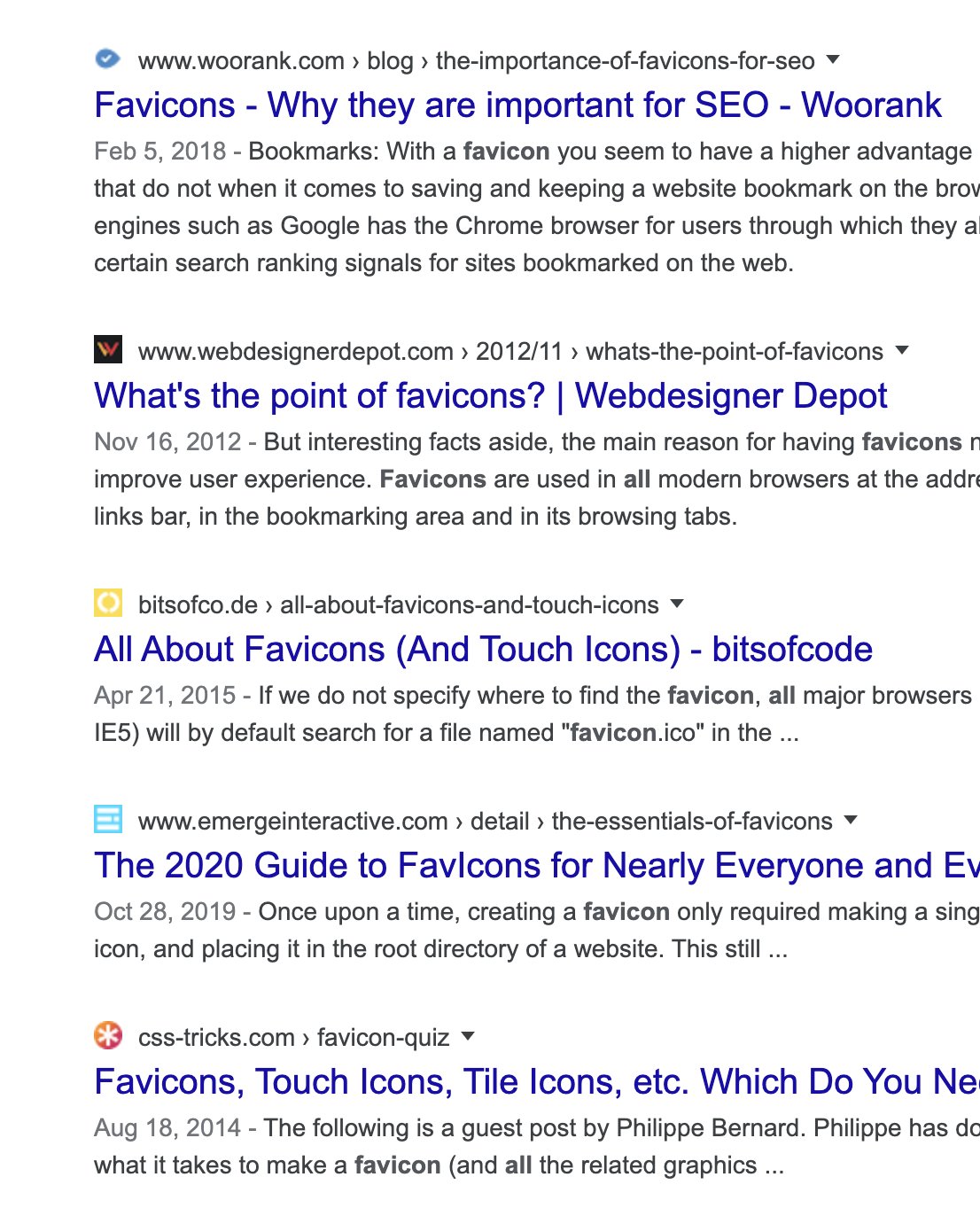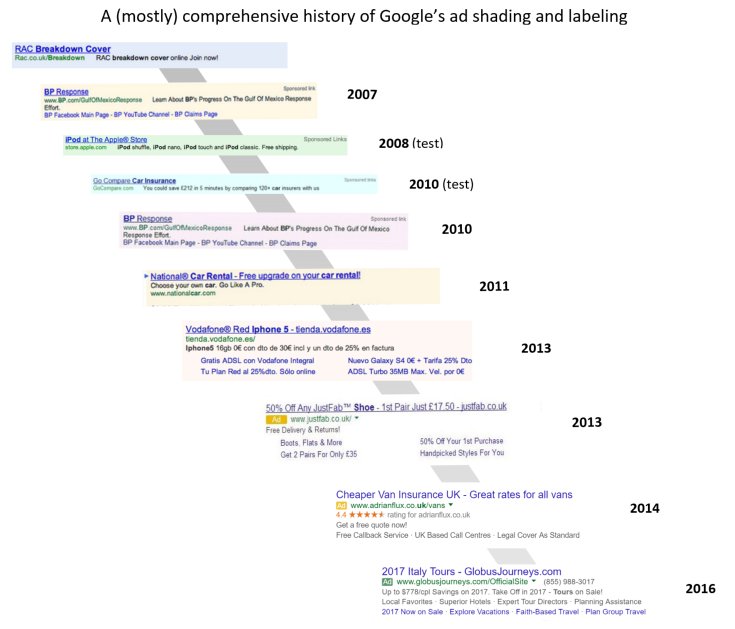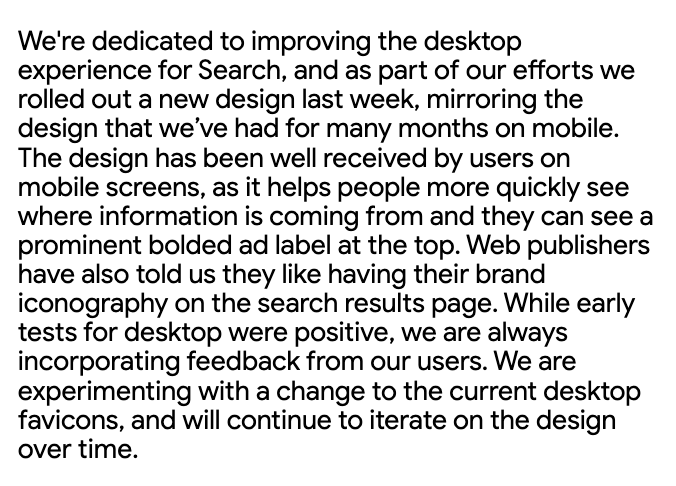Jonathan Shieber reports in Yahoo :
Google announced that it would be redesigning the redesign of its search results as a response to withering criticism from politicians, consumers and the press over the way in which search results displays were made to look like ads. Google makes money when users of its search service click on ads. It doesn't make money when people click on an unpaid search result. Making ads look like search results makes Google more money.It's also a pretty unethical business decision.
Google announced that it would be redesigning the redesign of its search results as a response to withering criticism from politicians, consumers and the press over the way in which search results displays were made to look like ads.Google makes money when users of its search service click on ads. It doesn't make money when people click on an unpaid search result. Making ads look like search results makes Google more money.It's also a pretty evil (or at least unethical) business decision by a company whose mantra was "Don't be evil"(although they gave that up in 2018).Users began noticing the changes to search results last week, and at least one user flagged the changes earlier this week.There's something strange about the recent design change to google search results, favicons and extra header text: they all look like ads, which is perhaps the point?


























0 comments:
Post a Comment